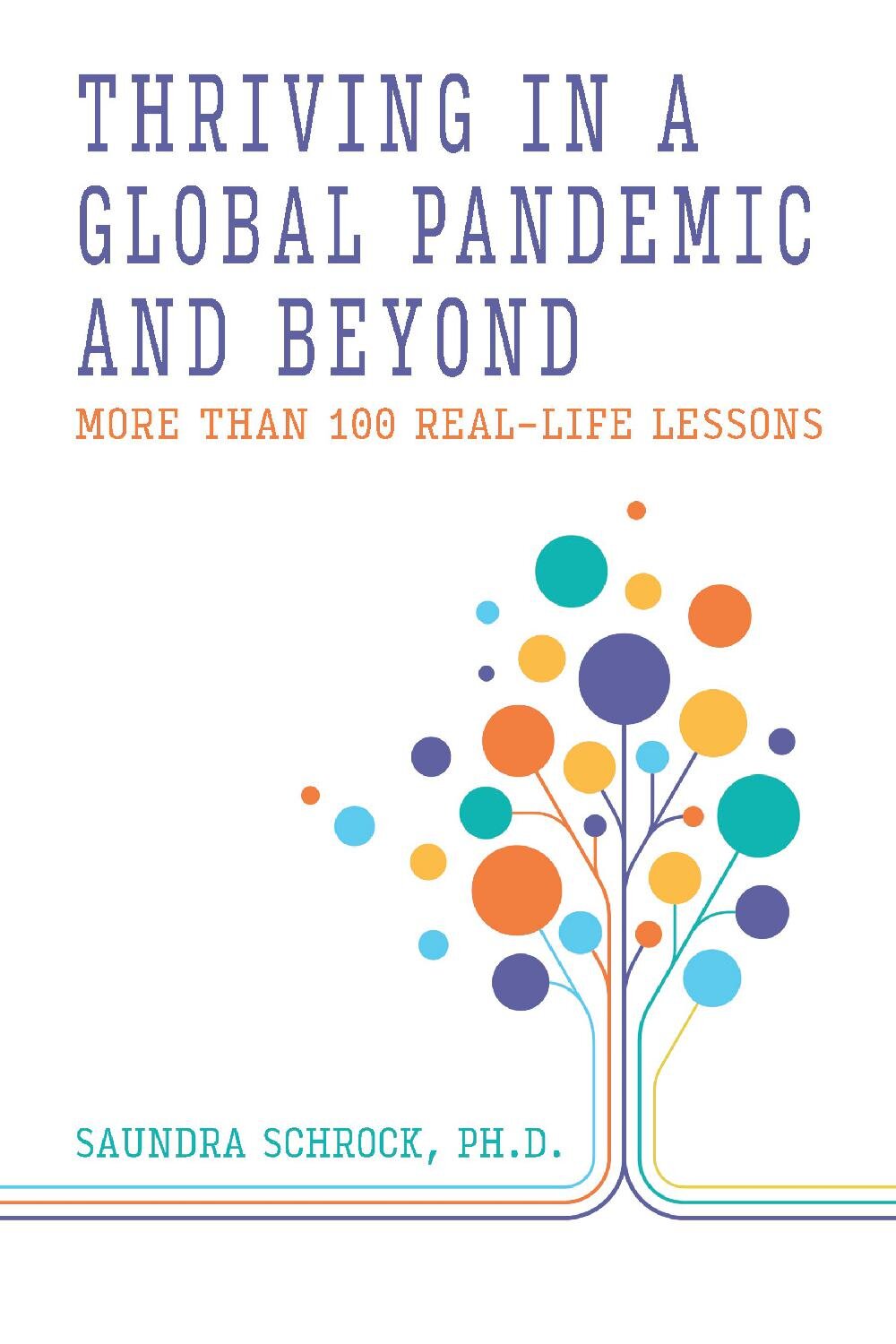Post-Pandemic Work: Now What?
We may have turned a corner with the virus, but we aren’t feeling relieved and stress-free. There has been one crisis after another, and the world seems to be heading in the wrong direction. Even the most hopeful of us are having trouble seeing a positive future. It feels like we are enduring, not recovering, from the past two years.
For example, in March, the American Psychological Association (APA) issued portions of their Stress in America™ report showing that inflation, global uncertainty, and the invasion of Ukraine are significant stressors. Here’s a summary of some of the findings:
With these factors as a backdrop, we are trying to figure out what this new era means for work. To understand the future trends, I reviewed hundreds of research articles and articles published in highly regarded publications such as the Harvard Business Review. Here is what I identified as the critical workplace issues we are grappling with:
Want more tips to live better? Check out Saundra’s latest book here.
Stress and unhealthy coping mechanisms. A 2022 American Psychological Association (APA) study found that nearly two-thirds of Americans said that the pandemic forever changed their lives. Furthermore, the survey revealed widespread grief, loss, continued challenges for certain groups, and parents’ concerns about their children’s development, all resulting in deeply entrenched, unhealthy coping habits.
Focus on adaptability and resiliency. While resilience and adaptability are related, they are different in several ways. Resilience describes how well we respond to a challenge. Conversely, adaptability moves us from enduring the challenge to thriving beyond it. Thriving requires evolving and changing in a positive and often new direction. It is the opposite of defaulting to what has worked in the past.
Need to lead differently. In a crisis, leaders must be capable of processing a large amount of complex information, contradictory points of view, and intense emotions. This requires the leader to be aware of what’s happening in the outside world, while remaining sensitive to the inside world (body and mind). Having an inside/outside awareness helps leaders avoid over- or under-reacting to challenges or jumping to conclusions based on past patterns. This ability allows them to recognize stress responses as an opportunity to pause and reflect before acting, and is essential to managing their health and energy over a more extended period.
Workplace realities. A PwC study indicated that 83% of employees surveyed said that the shift to remote work has been successful for their company. Also, 54% of employees surveyed said they want to continue working remotely. The pandemic threw the workplace headfirst to determine what was needed to survive. Businesses learned to navigate remote, hybrid, synchronous, asynchronous, in-person, and some combination of these options.
Talent squeeze. Almost daily, there is a news story about what is known as “The Great Resignation.” This is causing severe challenges for employers. Data from the Federal Reserve Bank of St. Louis showed a steady and significant increase in voluntary “quits” during the pandemic. And this trend isn’t likely to subside any time soon.
In our blogs over the next few weeks, we will provide a bite-sized summary of these trends and ideas on how to address them. We will also be posting infographics on social media related to these topics. Be sure to follow us!
References
APA Stress in America™
https://www.apa.org/news/press/releases/stress/index?gclid=CjwKCAjwxZqSBhAHEiwASr9n9DUsEVJQZukq3BmExoIEDlcpQYLqa54up0TNlUYpPMMNti88pwkKzBoCft0QAvD_BwE
Price Waterhouse Consulting
https://www.pwc.com/us/en/library/covid-19/us-remote-work-survey.html



